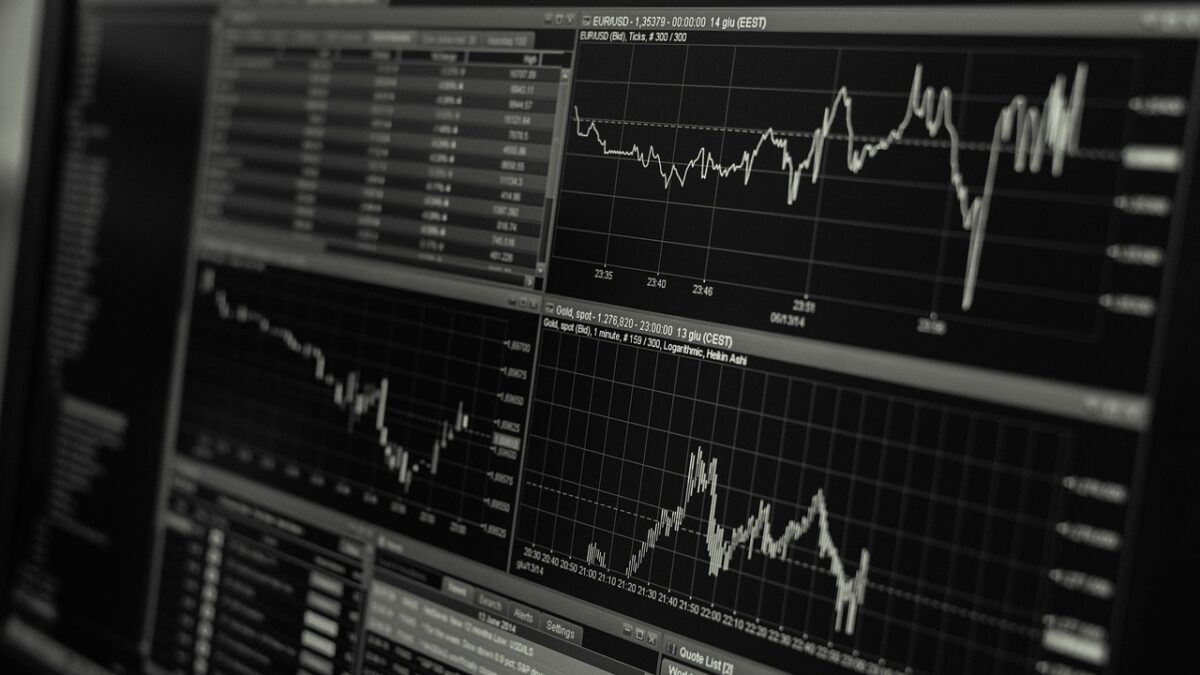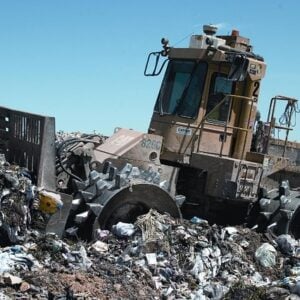
Everything You Should Know About Digital Waste Management 🖥️
Digital Waste Management 🖥️: Welcome to our blog about digital waste management, where we explore how technology is changing the way we handle our everyday waste. In a world filled with gadgets and digital tools, even waste management has gone high-tech. This blog is your window into understanding how these changes affect our daily lives. Whether you’re someone who’s curious about how your trash is managed in the digital age or just interested in making your routine a bit more eco-friendly, this journey is for you. We’ll break down the details, share the latest cool innovations and show you how digital waste tracking is making our lives cleaner and greener.
Quite frankly, I wish Australia would work on the digital waste innovations that the UK did recently.
A Startups article mentioned that the UK will have a centralised digital waste management system, revolutionising the way they gather waste tracking data. The country will, more or less, introduce this digital innovation in 2024. Of course, this will help businesses analyse and implement the best strategies to achieve a greener environment.
>>Download Now: Free PDF Business Owners Guide To General Waste Bin Services
Much like in Australia, the UK’s current waste tracking system mainly consists of digital and paper-based data, done mainly by private IT contractors with few centralised systems. So, it’s hard to know what really happens to our collective waste—whether it gets recycled, reused or just thrown in the rubbish. However, the upcoming system is poised to introduce an era marked by enhanced efficiency, precision and sustainability.
Below, we will cover everything you need to know about digital waste management. This includes its definition, pros and cons and more. We highly encourage you to read on to learn more.
Here is what you should know about digital waste management
First off, let’s define what digital waste management is.
In the context of waste management tracking (not totally related to e-waste), it refers to the use of digital technologies and software solutions to streamline and improve the processes associated with waste collection, tracking and disposal. It involves the application of digital tools to manage and optimise waste management operations more efficiently.
Digital waste management involves the following key aspects:
- Data Collection: Digital waste management systems often use sensors. Called the IoT (Internet of Things), these devices collect real-time data on waste container levels, temperature, humidity and other relevant parameters. This data is then transmitted to a centralized platform for analysis.
- Route Optimisation: Advanced algorithms and GPS technology can be employed to optimise waste collection routes, reducing fuel consumption and minimising collection times.
- Monitoring and Reporting: Waste management software provides real-time monitoring of waste containers, allowing authorities and waste management companies to track fill levels and detect any issues promptly. It also generates detailed reports on waste collection activities.
- Efficiency Improvement: Digital waste management helps reduce operational costs by ensuring that waste containers are only emptied when necessary, thereby avoiding unnecessary trips. This leads to cost savings and reduced environmental impact.
- Customer Engagement: Some systems allow customers to request waste collection services through mobile apps or websites, enhancing the overall customer experience and promoting responsible waste disposal.
- Data Analytics: Advanced analytics can provide insights into waste generation patterns, helping municipalities and organisations make informed decisions about waste management strategies and resource allocation.
- Environmental Sustainability: By optimising waste collection routes and reducing emissions from collection vehicles, digital waste management contributes to environmental sustainability goals.
- Regulatory Compliance: Digital waste management systems can help ensure compliance with waste management regulations and reporting requirements, reducing the risk of fines and penalties.
How feasible is this for countries?
Obviously, the UK has the blueprints necessary to centralise digital waste management as shown by the news mentioned above. But what about other countries? Is it feasible for them?
Centralizing digital waste management at a national level is feasible and has some potential advantages. However, it also comes with challenges and considerations:
Advantages:
1. Efficiency: Centralised digital waste management can lead to more efficient coordination of waste management efforts across regions within a country.
2. Data Collection: It also allows for comprehensive data collection and analysis, providing insights into waste generation patterns, trends and areas in need of improvement.
3. Standardisation: Standardising waste management practices and regulations can help streamline operations and reduce confusion.
4. Resource Allocation: It can also facilitate better resource allocation and long-term planning for waste management infrastructure.
Challenges and Considerations:
1. Scale: Managing waste at a national level can be complex due to the large scale of operations and diverse waste types.
2. Logistics: Developing efficient logistics for waste collection, transportation and disposal can be challenging, especially in geographically diverse countries.
3. Local Variations: Different regions may also have unique waste management needs and regulations, making it difficult to implement one-size-fits-all solutions.
4. Technological Infrastructure: Ensuring that the necessary digital technology infrastructure is in place across the entire country can be costly and time-consuming.
5. Environmental Impact: Centralisation should also consider the environmental impact of waste transportation over long distances.
6. Regulations and Compliance: Ensuring that waste management practices comply with local and international regulations is crucial.
In practice, some countries have successfully implemented centralised digital waste management systems. Others, on the other hand, have opted for a more decentralised approach that gives regions or municipalities more autonomy. The choice often depends on factors like the country’s size, population distribution and existing infrastructure, as well as its environmental and sustainability goals.
Waster’s final thoughts on digital waste management
Centralising digital waste management offers several advantages, including streamlined operations, improved data management, and enhanced oversight. By consolidating waste tracking and management processes, organisations can achieve greater efficiency and accuracy in handling electronic waste.
This approach allows for better monitoring and reporting, which can lead to data-driven decision-making and the optimization of waste collection and disposal routes. Additionally, centralisation promotes a more sustainable approach by reducing unnecessary waste and enhancing resource recovery.
However, it’s essential to consider potential challenges and risks associated with centralisation. Of course, this includes the need for robust cybersecurity measures to protect sensitive data and the potential for increased costs during the implementation phase.
Overall, the decision to centralise digital waste management should be based on the specific needs and goals of the organisation, weighing the benefits against the associated complexities and costs. When implemented thoughtfully, centralisation can be a valuable strategy in advancing efficient and sustainable waste management practices in the digital age.
More information about Waster
Does your Australian-based business need waste and recycling services? If so, then you have come to the right website!
Please call 1300 WASTER (1300 927 837). You can also email us at enquiries@waster.com.au if you have any further questions. Find the best deals in terms of waste and recycling pricing and services!
Leave a Reply Cancel reply

Product categories
Most Popular Posts
-
Commercial Waste Management Services: Reduce Waste Collection Costs! 🚍
-
Medical Waste Disposal: Everything You Need To Find Out In 2024! 💉
-
Rubbish Removal Sydney 2024: Better Bin Collections For Business ✅
-
Clinical Waste Disposal 2024: What To Know About Business Clinical Waste ⚕️
-
Secure Document Destruction 2024: All About Security Bins Shredding 🔒
-
Free Cardboard Recycling 2024: Can I Get Free Cardboard Collection? 📦
-
Confidential Paper Disposal Bins 2024: What You Need To Know About Shredding! 🔒
-
Recycling Bins Australia 2024: Recycling Can Boost Your Profits! ♲
-
Commercial Wheelie Bin Collection: What Businesses Need To Know In 2024 🗑️
-
Commingled Recycling 2024: Why Commingled Bin Is Key To Recycling 🍾













